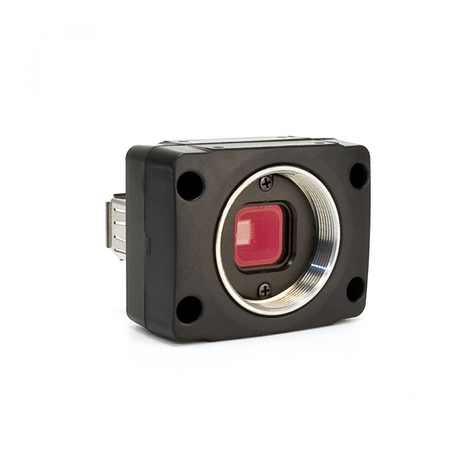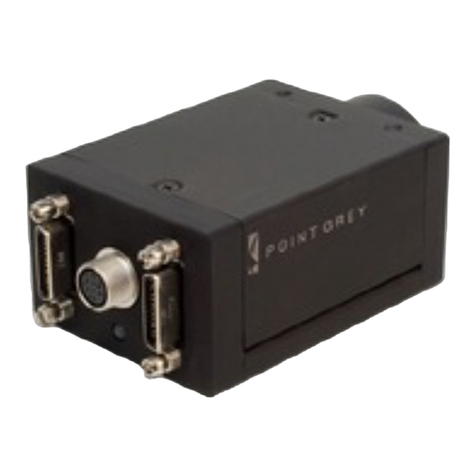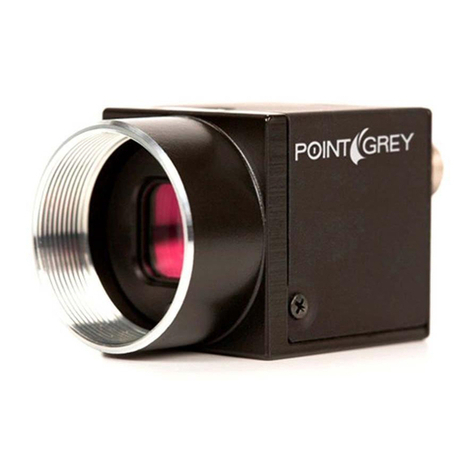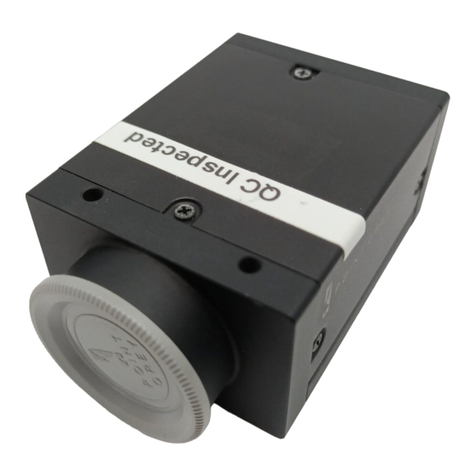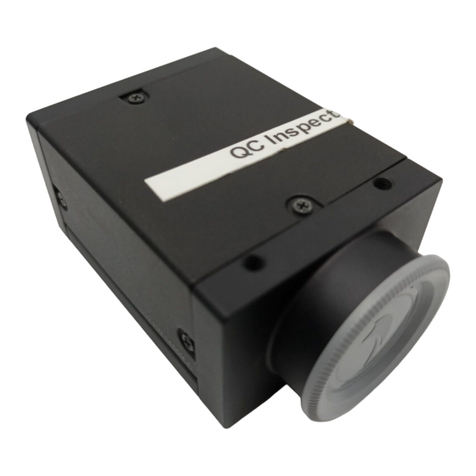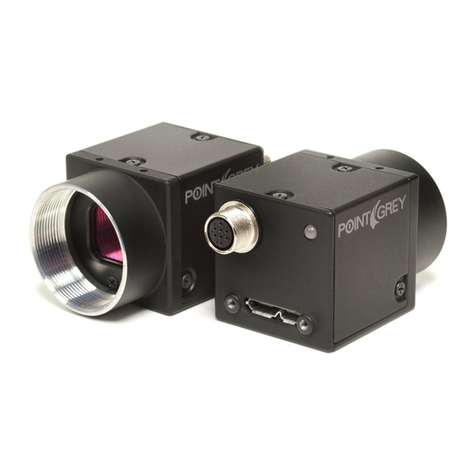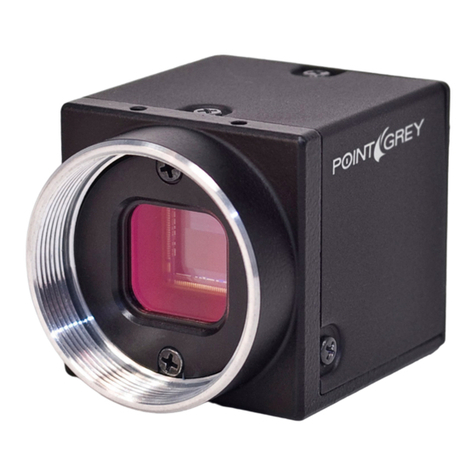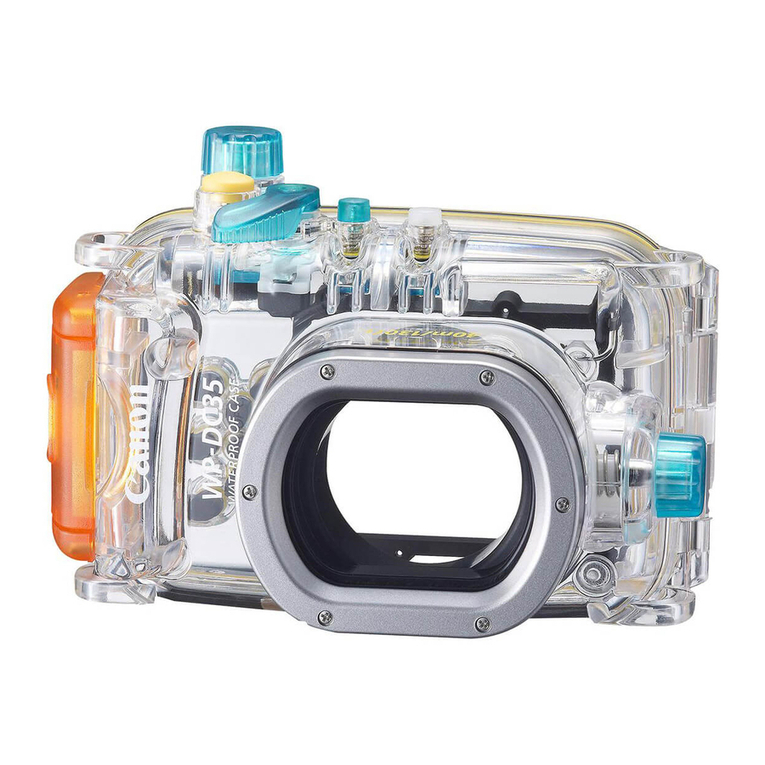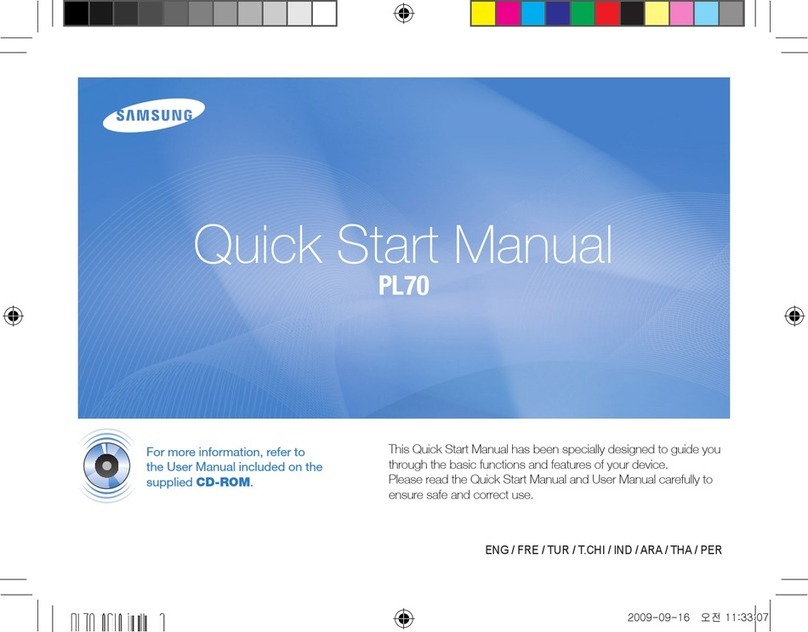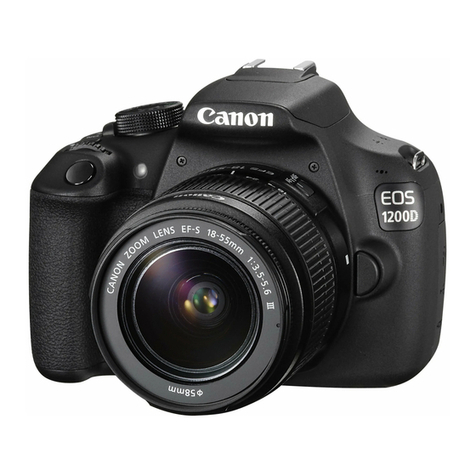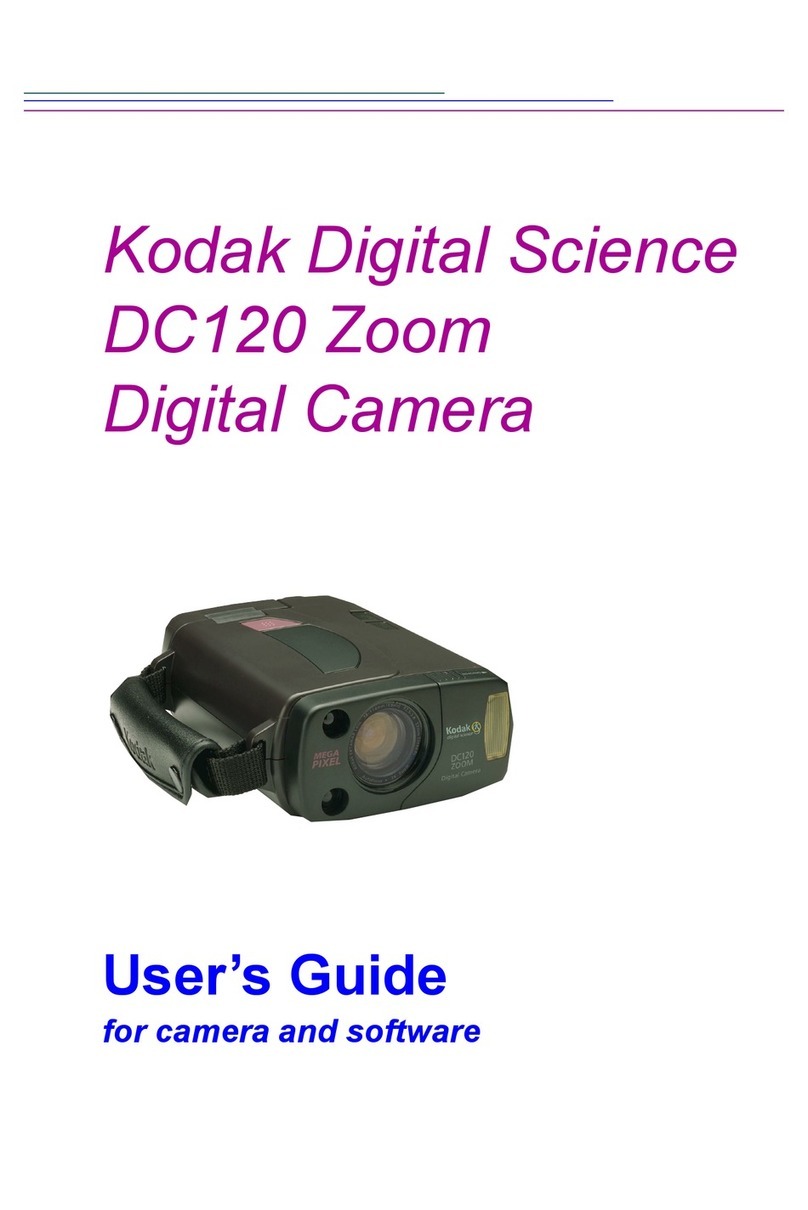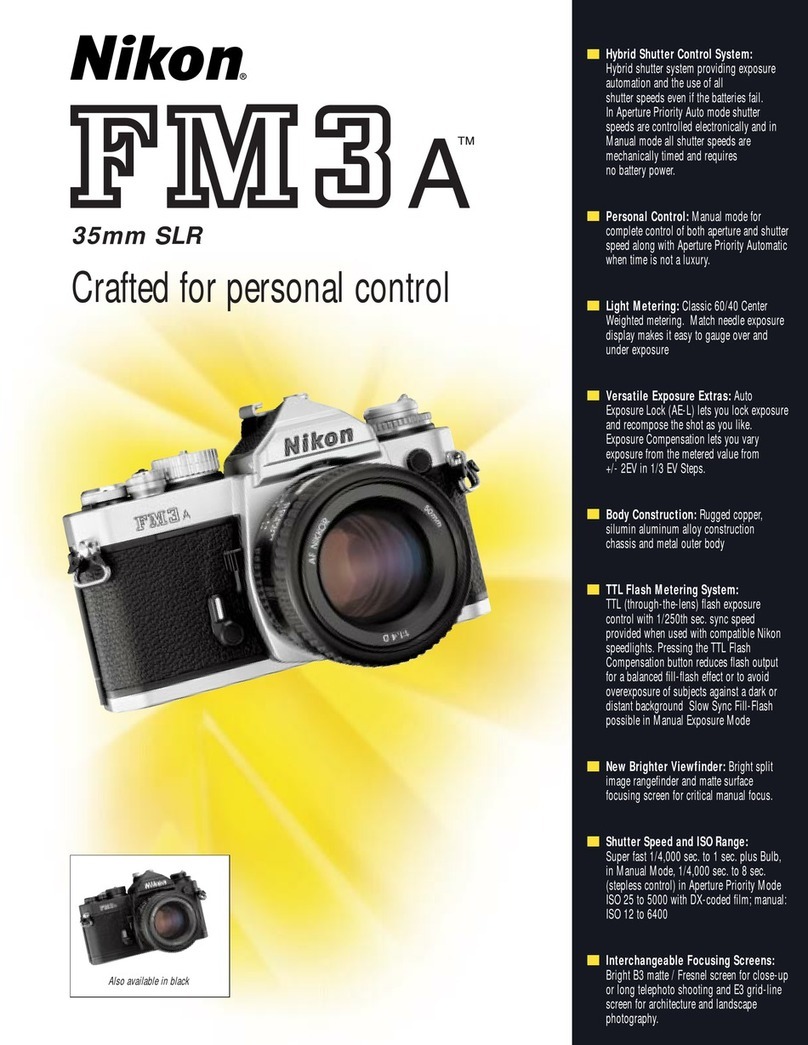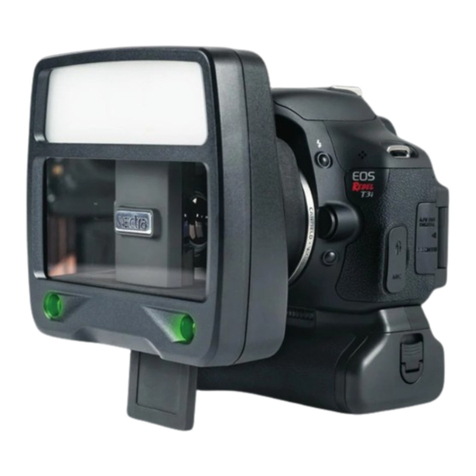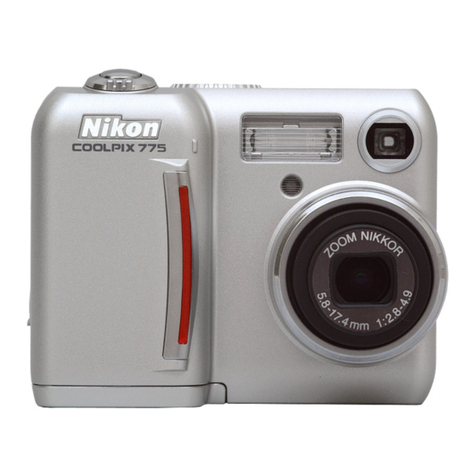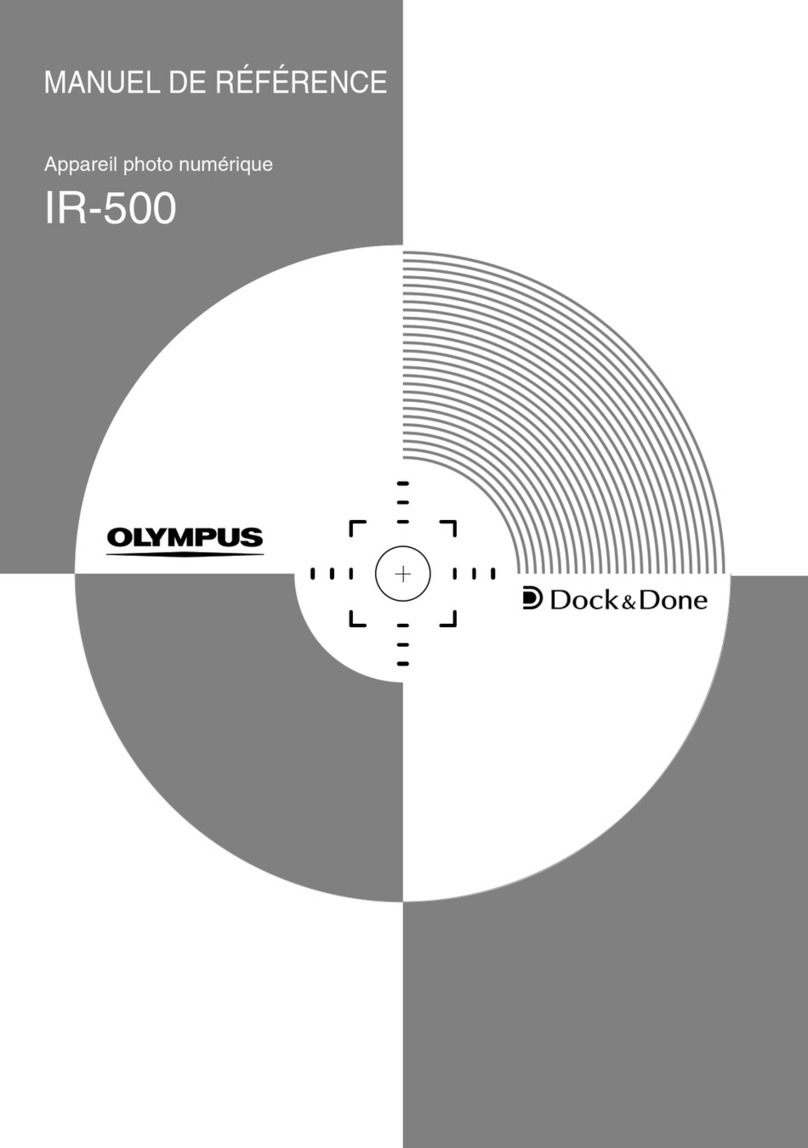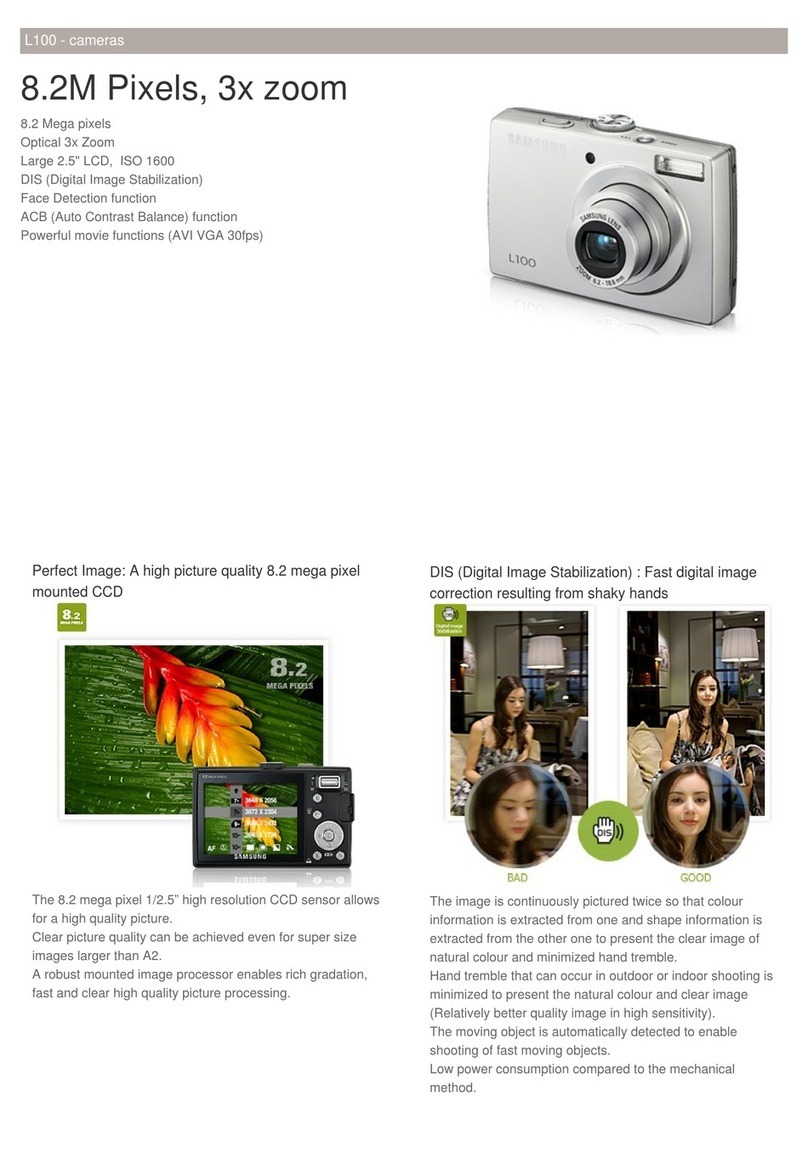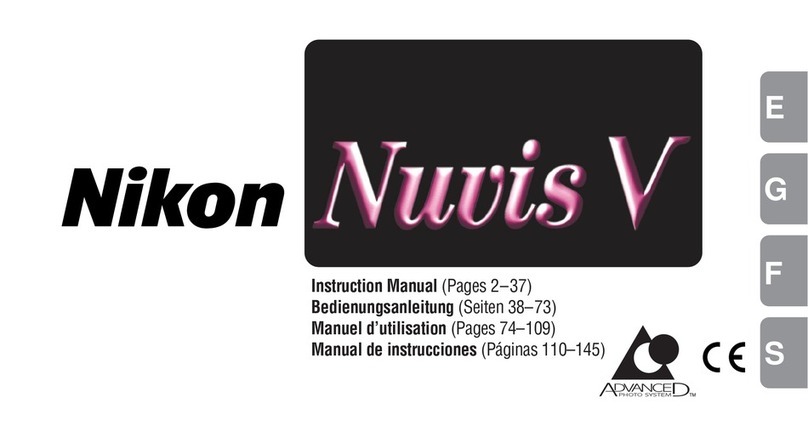
Point Grey Research Grasshopper Technical Reference Table of Contents
Revised 26-Nov-10
Copyright (c) 2010 Point Grey Research Inc.
4
3.5.1. GPIO Electrical Characteristics....................................................21
3.6. Status Indicator LED.................................................................................21
4Camera Operations and Features................................................22
4.1. General Camera Properties ......................................................................23
4.2. Standard Data Formats, Modes and Frame Rates.....................................23
4.3. Frame Rates and Camera Bandwidth .......................................................25
4.3.1. Maximum Number of Cameras on a Single Bus ...........................25
4.3.2. Exceeding Bandwidth Limitations Using Format_7 with Multiple
Cameras...................................................................................................26
4.3.3. Calculating Maximum Possible Frame Rate .................................26
4.3.4. Dual Packet Mode........................................................................26
4.4. Customizable Data Formats and Modes....................................................27
4.4.1. Calculating Format_7 Frame Rates..............................................34
4.4.2. Subsampling and Binning in Format_7.........................................34
4.5. Image Acquisition .....................................................................................35
4.5.1. Camera Power.............................................................................35
4.5.2. Shutter.........................................................................................35
4.5.3. Gain.............................................................................................36
4.5.4. Auto Exposure.............................................................................36
4.5.5. Extended Shutter Times...............................................................37
4.5.6. Automatic Inter-Camera Synchronization .....................................38
4.5.7. Frame Rate Control .....................................................................38
4.5.8. Pixel Binning and Region of Interest Modes .................................38
4.5.9. Y16 (16-bit Mono) Image Acquisition............................................39
4.5.10. Asynchronous (External) Trigger Modes.....................................39
4.5.11. On-Camera Frame Buffer...........................................................41
4.5.12. High Dynamic Range (HDR) Mode.............................................42
4.6. Image Processing.....................................................................................42
4.6.1. Color and Greyscale Conversion..................................................42
4.6.2. Lookup Table and Gamma...........................................................43
4.6.3. Saturation....................................................................................44
4.6.4. Sharpness ...................................................................................44
4.6.5. White Balance..............................................................................44
4.6.6. Image Flip / Mirror........................................................................45
4.6.7. Test Pattern.................................................................................45
4.6.8. Embedded Image Information......................................................46
4.7. Camera and Device Control......................................................................46
4.7.1. Voltage Sensor............................................................................46
4.7.2. Programmable Strobe Output.......................................................46
4.7.3. RS-232 Serial Port.......................................................................46
4.7.4. Memory Channel Storage of Camera Settings..............................47
4.7.5. User Data Flash...........................................................................47
4.7.6. Camera Upgrades........................................................................47
Appendix A: Spectral Response Curves..............................................48
Appendix B: Memory Channel Registers.............................................54
Appendix C: Glossary............................................................................55
Appendix D: Technical Support Resources.........................................57
Appendix E: Contacting Point Grey Research ....................................58



